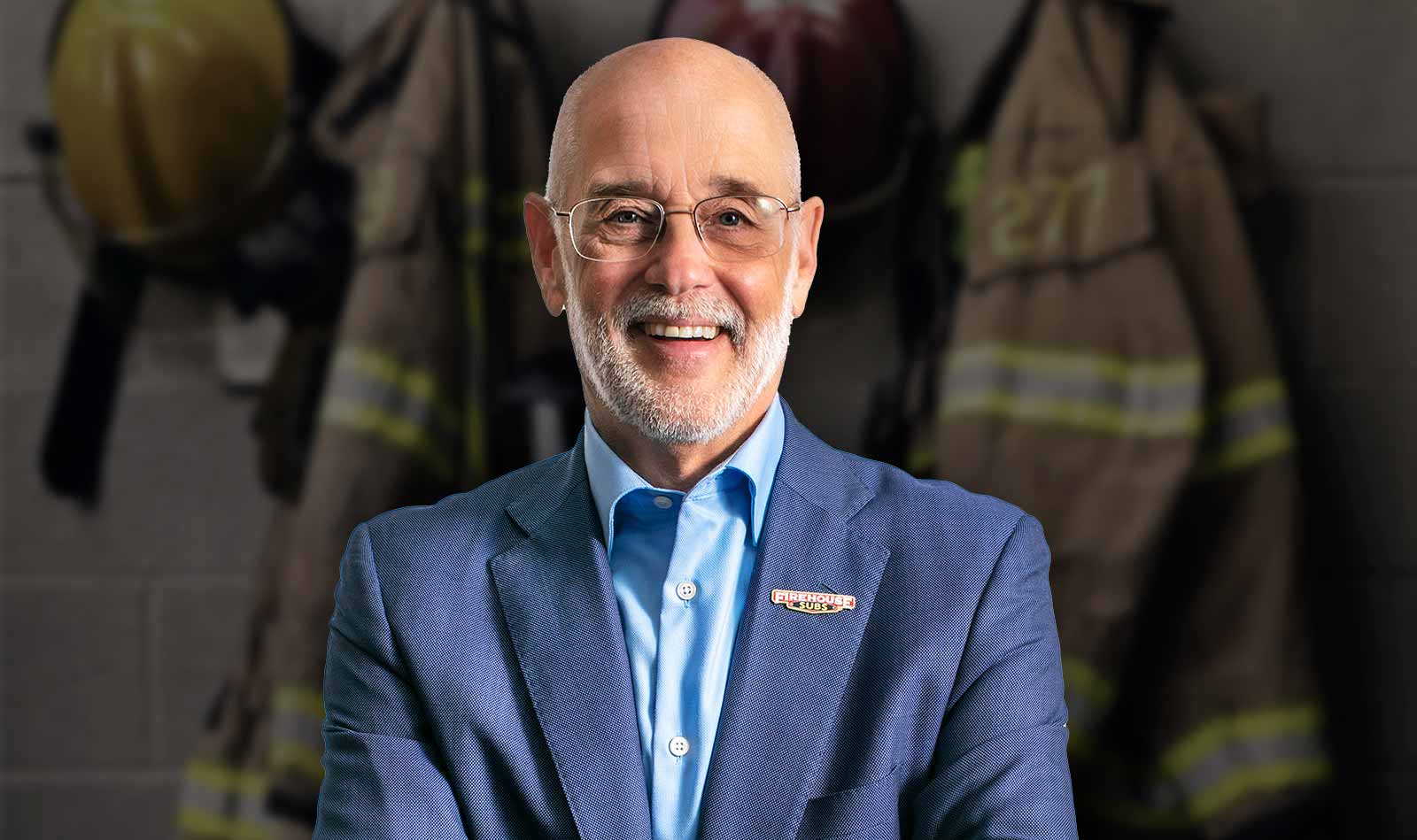For decades, it was perhaps the most common question asked by quick-service restaurant front-counter cashiers:
“Will that be for here or to-go?”
That question, which was simply a functional part of the order-taking process, has taken on unprecedented significance in 2022. Today, the number of people responding “for here” is a far cry from what it was before the pandemic, and the degree to which the answer changes in the future will shape the way restaurants are designed and operated for years to come.
When reflecting upon the future of dining rooms and on-premises dining, several questions loom large. Will dine-in occasions ever return to what they were, both in the frequency and nature of the experience? Might we go beyond the pre-COVID era and see a renaissance in the dine-in experience? If so, what might fuel that change in consumer behavior? Now two years after the start of the pandemic, have dine-in occasions peaked, meaning that today’s world represents the “new normal? What makes these questions so difficult to answer is the lack of precedence. There is nothing in the history of our industry that resembles, even remotely, the dynamics that led to the closure of dining rooms across America virtually overnight.
The declaration of the pandemic struck the restaurant industry like the proverbial asteroid that led to the extinction of the dinosaurs. In a matter of days, dine-in occasions were vaporized by a combination of government action, fear, and uncertainty. The restaurant occasions that remained were off-premises, and the survival of many a species of restaurant depended upon how quickly, and how well, they could adjust their operational models in favor of a quality off-premises experience. Quick-serves with drive thrus, delivery programs, and digital channels had a significant advantage in the marketplace. Virtually everyone else was playing catch-up.
The pandemic would prove to fall short of a mass extinction event for dine-in occasions. It would be hyperbole to suggest that the evaporation of on-premises dining was ever a realistic outcome, but it is not a stretch to say that the impact of the pandemic will resonate for years to come.
The 64-seat question is this: what does the future hold for dine-in occasions, especially as it relates to quick-service and fast-casual restaurants?
While the mass closure of dining rooms has no precedent, we can learn much from the past when it comes to consumer behavior related to on-premises occasions. At Firehouse Subs, we started experiencing a drop in our dine-in business in 2013. What was once more than 50 percent of our business became slightly less than that by the end of 2014. Trends are just that, and they take time to develop, so it wasn’t until well into 2015 that we recognized it as such. I don’t believe that we were alone, be it in the sandwich category or the broader quick-service segment, but what made it more salient for us was the fact that, as a sandwich concept, having more than 50 percent of our business prepared for on-premises enjoyment was a point of differentiation. Like some others in the industry, we started sharpening our off-premises tools (and it was a good thing we did, as we would have not been in such an advantageous position when the pandemic struck).
In my opinion, the answer to what lies ahead rests heavily on understanding the drivers of consumer behavior and the decline in on-premises occasions during the years leading up to the pandemic. Technology—digital and mobile tech in particular—is at the forefront in terms of bringing about behavioral change. At the most basic level, e-commerce has created a significant shift in how people spend their time, not just their money. A person’s day, if we were to map it out, is simply not what it used to be. The human experience is also more diversified than it once was, driven by more choices than ever before.
These forces are powerful; as powerful as any I have seen in my 48 years in the industry. One of the most compelling pieces of evidence: it is not unusual for a guest to favor using a given restaurant for an off-premises occasion despite giving that restaurant higher satisfaction ratings when they use them for a dine-in experience. Can a restaurant evolve their menus, service methods, and technology to tap into these forces, and optimize them to drive consumer occasions, whether for on-premises or off-premises consumption? Certainly.
The COVID-19 meteor did not bring about the death of the dine-in experience. But it did change it, primarily by being an accelerant that brought the consumer to a point they would have otherwise arrived at on their own over a longer period. In this parable, the only species that need fear extinction is the restaurant operator that fails to adapt in the face of these seismic changes to the way we all live our lives.
Don Fox is chief executive officer of Firehouse of America, LLC, in which he leads the strategic growth of Firehouse Subs. Under his leadership, the brand has grown to more than 1,190 restaurants in 46 states, Puerto Rico, Canada, and nontraditional locations. Fox sits on various boards of influence in the business and nonprofit communities. He is also a respected speaker, commentator, and published author. In 2013, Fox received the prestigious Silver Plate Award from the International Food Manufacturers Association.








